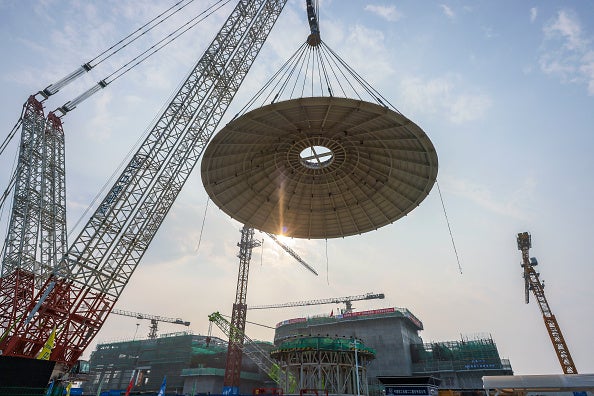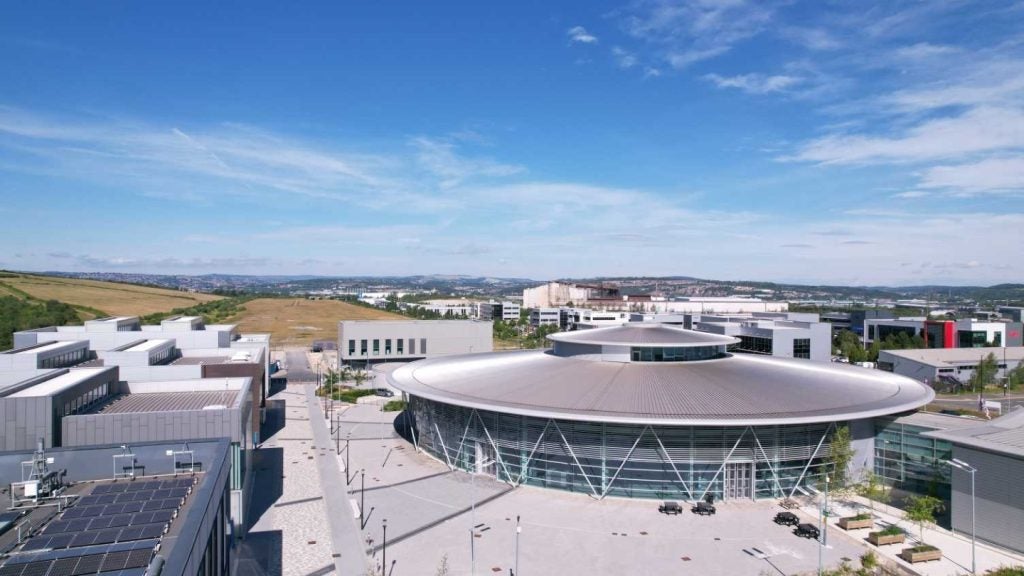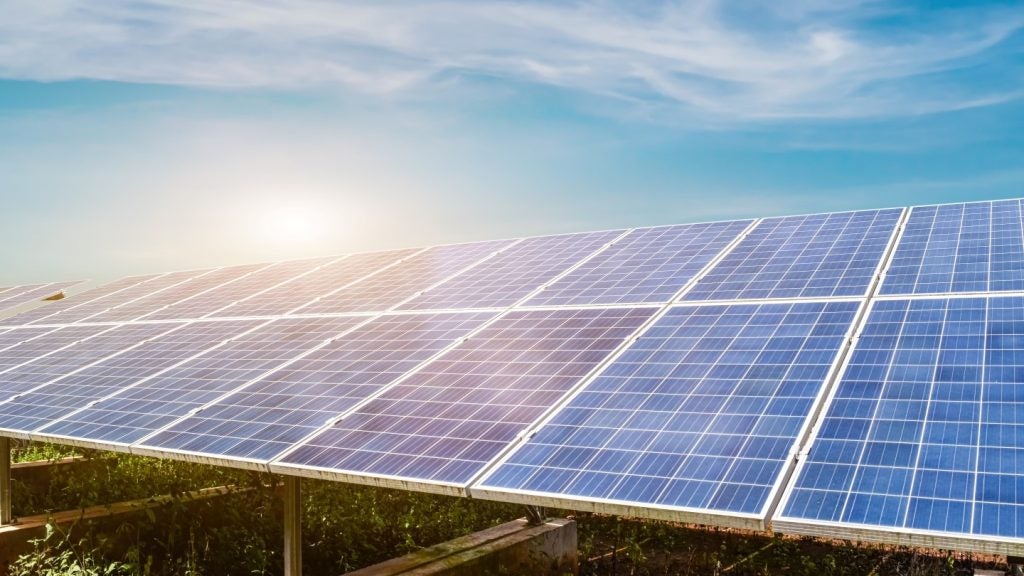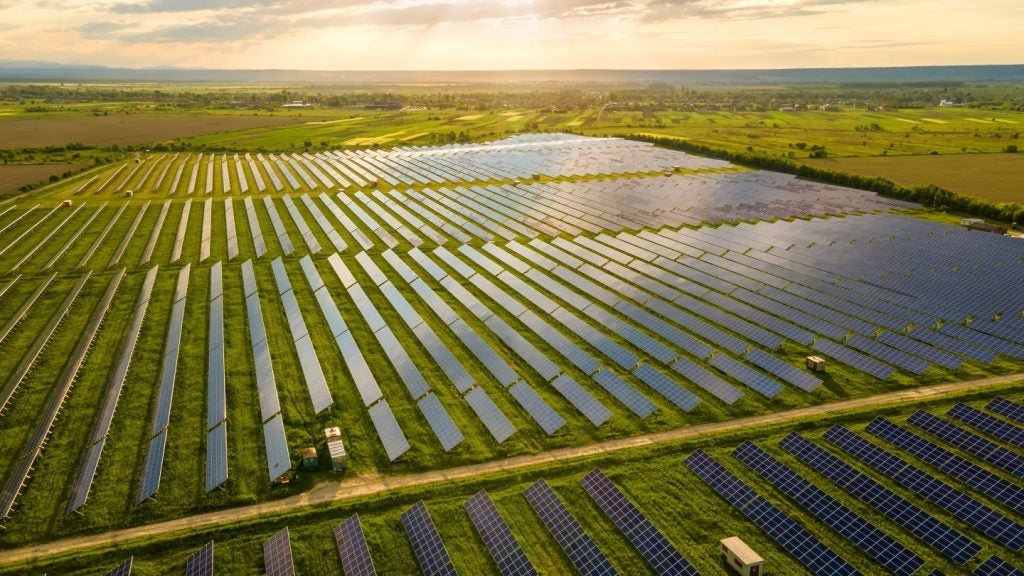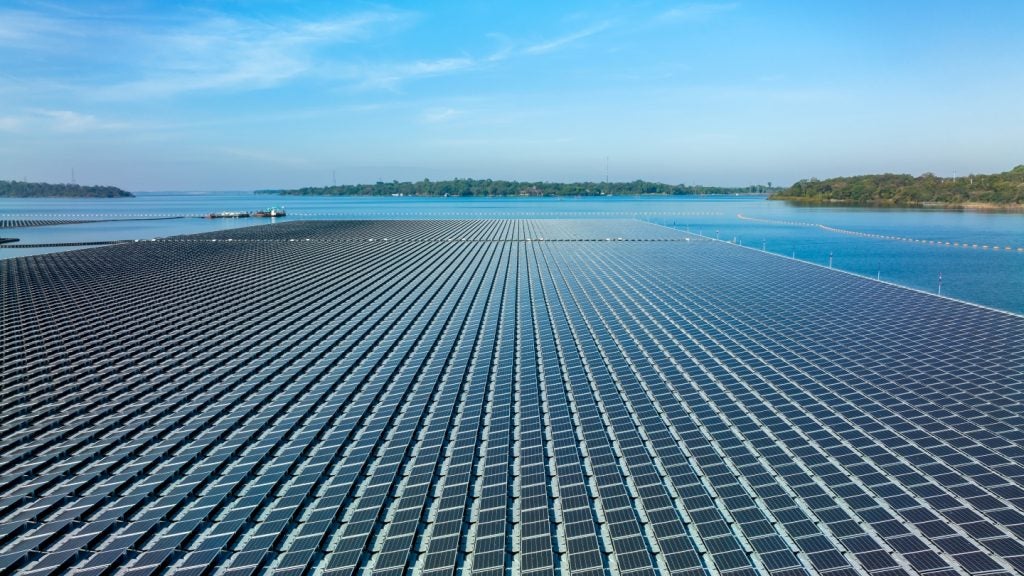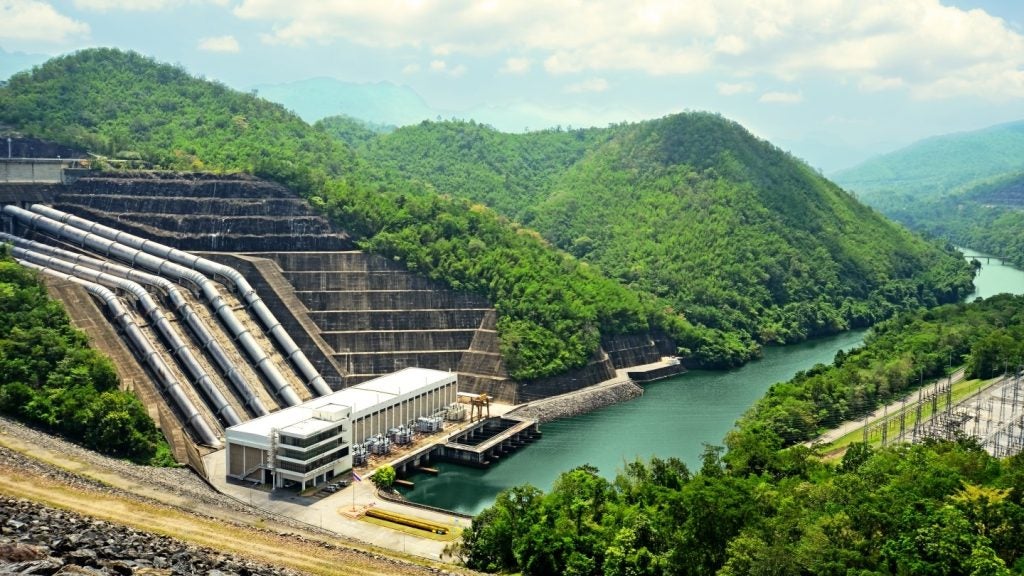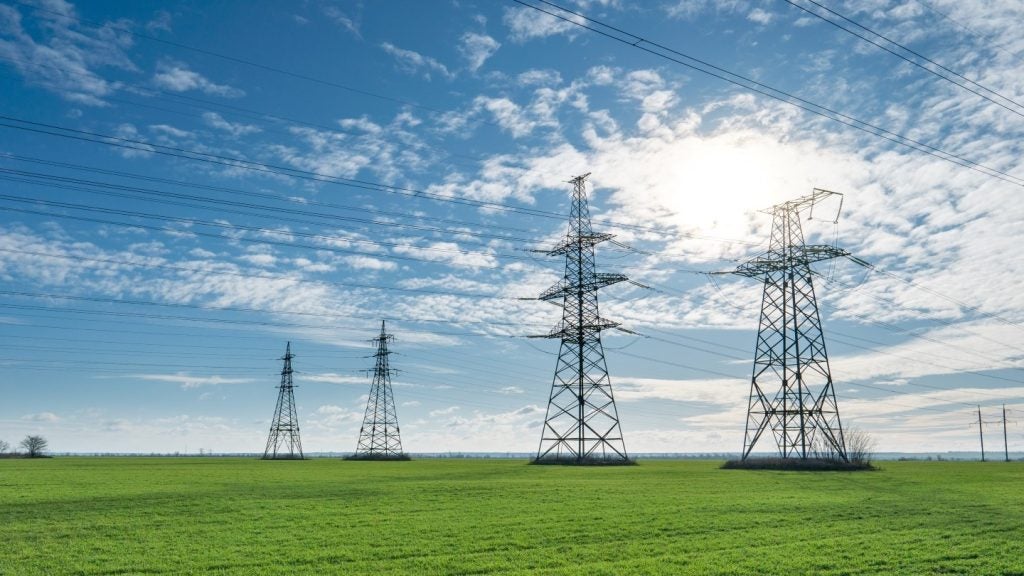Hydrogen can be produced at €3.50 ($3.80) per kilogram using a combination of solid oxide electrolysis cells (SOEC) and SMRs, much cheaper than alternative methods, a new study led by Dutch nuclear energy development company ULC Energy has concluded.
In November last year, ULC-Energy announced it had signed an agreement with Denmark's Topsoe, the UK's Rolls-Royce SMR and Dutch energy market consultancy KYOS to jointly investigate the production of hydrogen using Topsoe's Solid Oxide Electrolysis Cell (SOEC) technology with both electricity and heat produced by a Rolls-Royce SMR nuclear power plant.
The joint investigation was to include a valuation of the operational flexibility of the Rolls-Royce SMR in combination with Topsoe's proprietary SOEC technology in the future energy market.
ULC-Energy CEO Dirk Rabelink said: “The large-scale production of clean hydrogen is an extremely important driver of decarbonisation. At ULC-Energy we believe strongly that nuclear can and will play a major role to produce clean hydrogen and derivative clean fuels.”
Rabelink added that the study proves the capability of nuclear to deliver low-cost, clean hydrogen at an industrial scale. He described the Topsoe SOEC and Rolls-Royce partnership as “highly modularised solutions that are factory manufactured and can be scaled rapidly”.
Alan Woods, Rolls-Royce SMR’s director of strategy and business development, said: “Rolls-Royce SMR believes one of its powerful advantages is that it can produce clean energy cheaply and extremely reliably but can also direct its output to meet demand. This operational flexibility will be increasingly valuable as intermittent energy sources, such as wind and solar, expand. We are excited by the results of ULC-Energy's study and look forward to taking next steps.”
Rolls-Royce has recently been pushing to expand its SMR business. Last week, Polish industrial group Industria’s plan to construct a power plant based on Rolls-Royce’s SMR was approved by the Polish Ministry of Climate and Environment.


